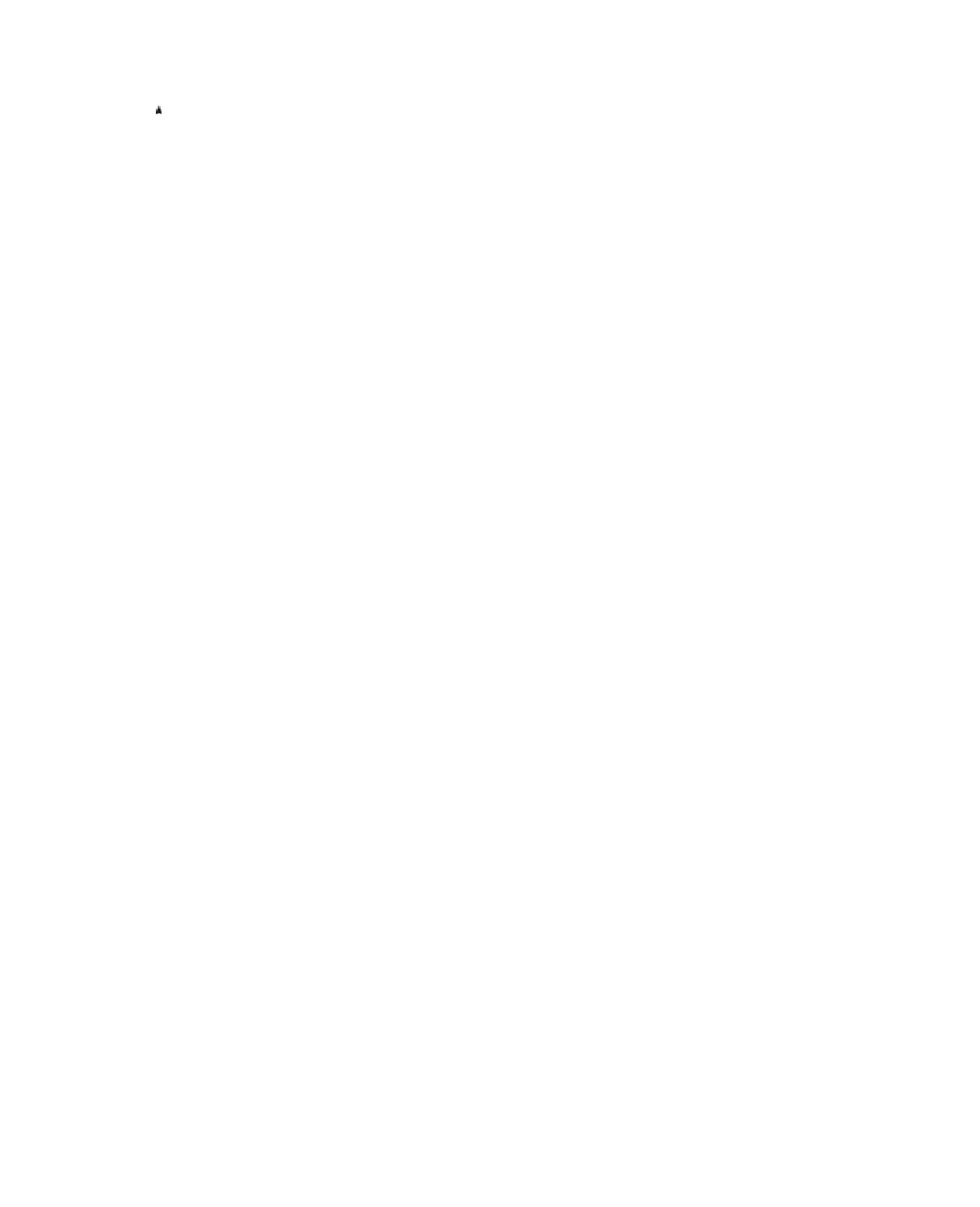Graphics Reference
In-Depth Information
y
The faces of I
2
.
Figure 4.28.
I
2
(2,1)
1
I
2
I
2
(1,1)
I
2
(1,0)
x
1
I
2
(2,0)
k
ccI
=
o
.
ij
,
(
)
ij
,
See Figure 4.28 for the (i,0)- and (i,1)-faces of I
2
. The arrows on the edges show
the orientations that the functions I
2
(i,j)
induce on the edges.
Definition.
A formal linear combinations of singular k-cubes for an open set
A
is
called a
singular k-chain
and the set of these is denoted by G
k
(
A
).
We do not give a precise definition of “formal linear combinations” here. We basi-
cally want to write formal expressions such as 2c
1
- 3c
2
+ c
3
, where c
1
, c
2
, and c
3
are
singular k-cubes. The interested reader can look ahead to Section 7.2.1 where we give
a precise definition for a similar concept in the context of chain groups C
k
(K) for a
simplicial complex K.
Given a singular k-cube c : [0,1]
k
Definition.
Æ
A
, define the singular (k - 1)-chain
∂c, called the
boundary of c
, by
k
1
Â
Â
()
+
ij
∂c
=
1
c
,
.
(4.36)
ij
i
=
1
j
=
0
More generally, define the
boundary operator
()
Æ
()
∂: G
A
G
A
k
k
-1
by
Ê
Á
ˆ
˜
=
ÂÂ
∂
ac
a
∂
c
.
(4.37)
ii
i
i
i
i
The signs associated to the faces in the boundary expression (4.36) of a cube
should be interpreted as indicating the orientation that the cube induces on the face.





